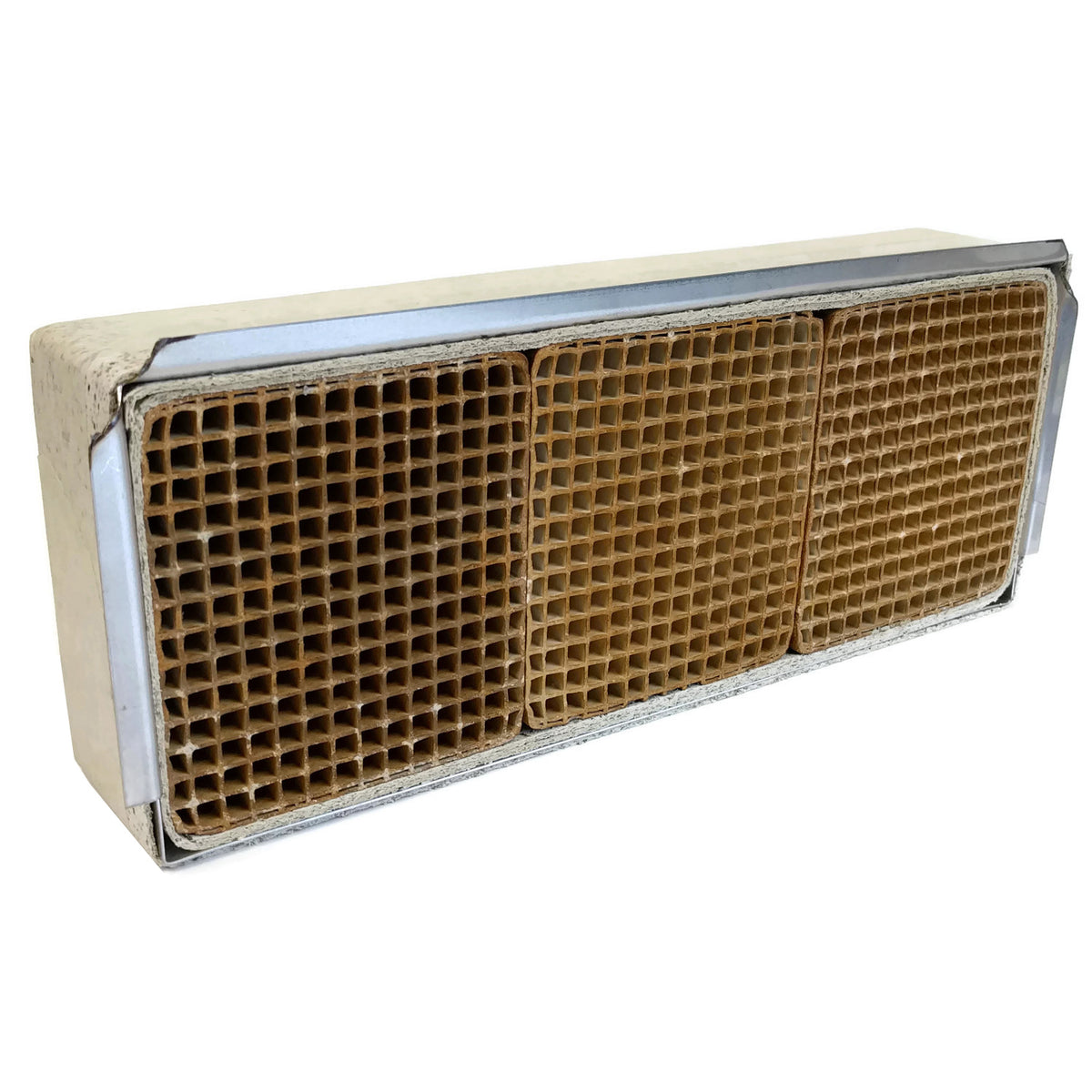My BK Princess is connected to the double-wall metalbestos chimney with 5ft or so of single-wall stovepipe; a bit more than halfway up, there is an offset of about 12" accomplished with two 30-degree elbows (so there is 24" of pipe coming straight up from the flue collar).
I'm having a problem with dry flakey debris forming on the inside of the stovepipe. I can literally hear it periodically falling down into the stove. After half a season or so of burning, there's enough of it that it interferes with the operation of the bypass damper - and I need to remove the pipe and clean it and the stove out.
I am bewildered as to why this is happening. When I remove the stovepipe, the chimney-proper (the double-wall metalbestos) is reasonably clean. I've had the stove for over 10 years. I don't recall it happening during the first years of using the stove, in fact it's only been the last few years. The only thing that has changed is that i installed a new chimney cap, one that has a screen, and inserts inside the top of the chimney. I do regularly turn the stove down very low when I go to bed, but the catalytic converter is still active in the morning (temperature well over 500 degrees). My firewood is very high quality, mostly oak aged for at least 2 years under shelter.
![[Hearth.com] single-wall stove pipe collecting debris [Hearth.com] single-wall stove pipe collecting debris](https://www.hearth.com/talk/attachments/screen-shot-2024-01-14-at-8-39-30-pm-webp.322766/)
I suppose it could be causing a poorer draft, but I haven't really noticed that otherwise - stove performance is fine, and I have to be a little careful about smoking when re-fueling, but again, no change.
Maybe I simply need to move to double-wall stovepipe - which is, in fact, what Blaze King recommends, though they've also agreed that single-wall may be workable, if my chimney draft is good enough and I'm careful when opening the door (don't jerk it open).
Maybe I should re-install the old chimney cap, but I find it really implausible that it's the culprit.
Thoughts ?
I'm having a problem with dry flakey debris forming on the inside of the stovepipe. I can literally hear it periodically falling down into the stove. After half a season or so of burning, there's enough of it that it interferes with the operation of the bypass damper - and I need to remove the pipe and clean it and the stove out.
I am bewildered as to why this is happening. When I remove the stovepipe, the chimney-proper (the double-wall metalbestos) is reasonably clean. I've had the stove for over 10 years. I don't recall it happening during the first years of using the stove, in fact it's only been the last few years. The only thing that has changed is that i installed a new chimney cap, one that has a screen, and inserts inside the top of the chimney. I do regularly turn the stove down very low when I go to bed, but the catalytic converter is still active in the morning (temperature well over 500 degrees). My firewood is very high quality, mostly oak aged for at least 2 years under shelter.
I suppose it could be causing a poorer draft, but I haven't really noticed that otherwise - stove performance is fine, and I have to be a little careful about smoking when re-fueling, but again, no change.
Maybe I simply need to move to double-wall stovepipe - which is, in fact, what Blaze King recommends, though they've also agreed that single-wall may be workable, if my chimney draft is good enough and I'm careful when opening the door (don't jerk it open).
Maybe I should re-install the old chimney cap, but I find it really implausible that it's the culprit.
Thoughts ?



